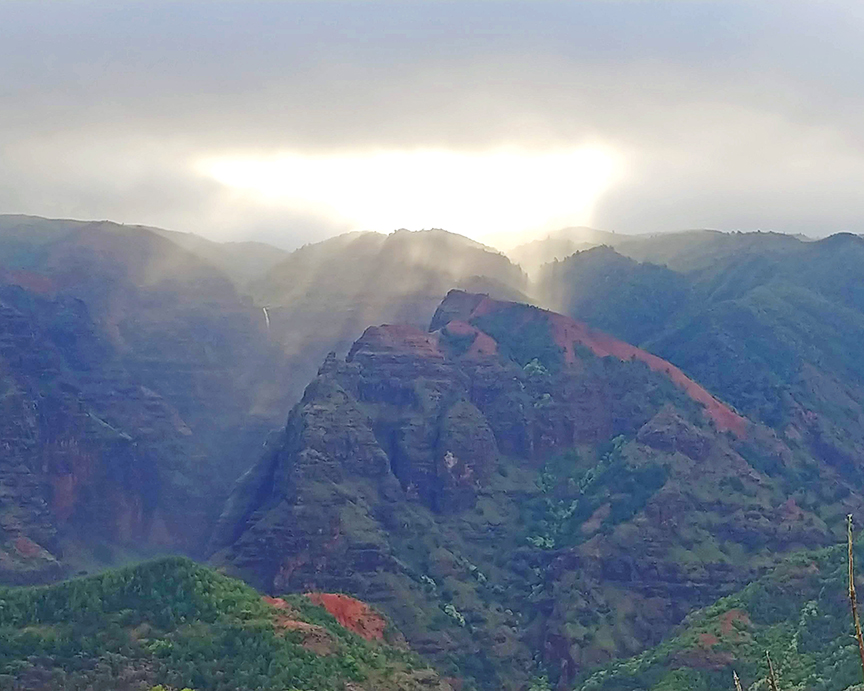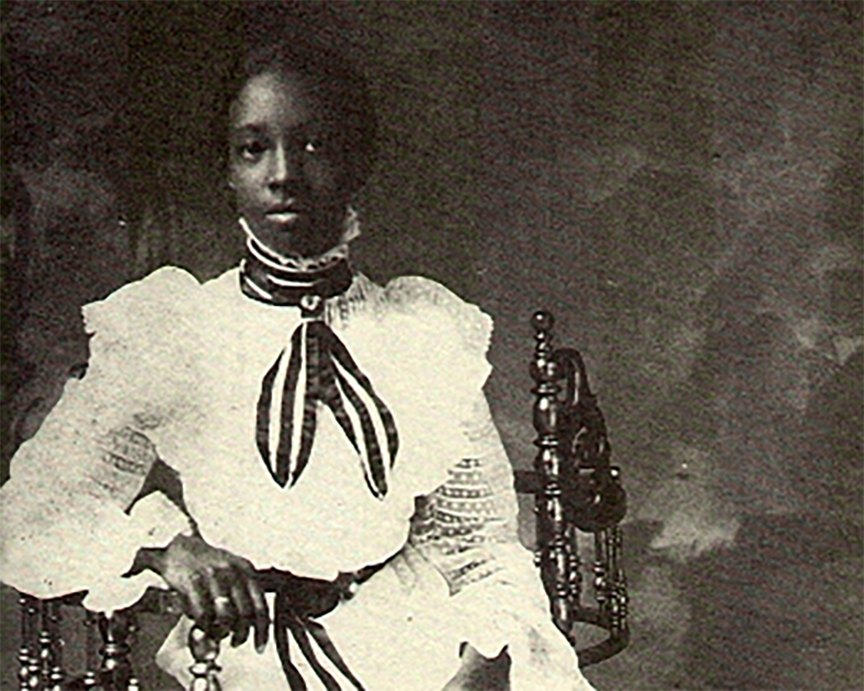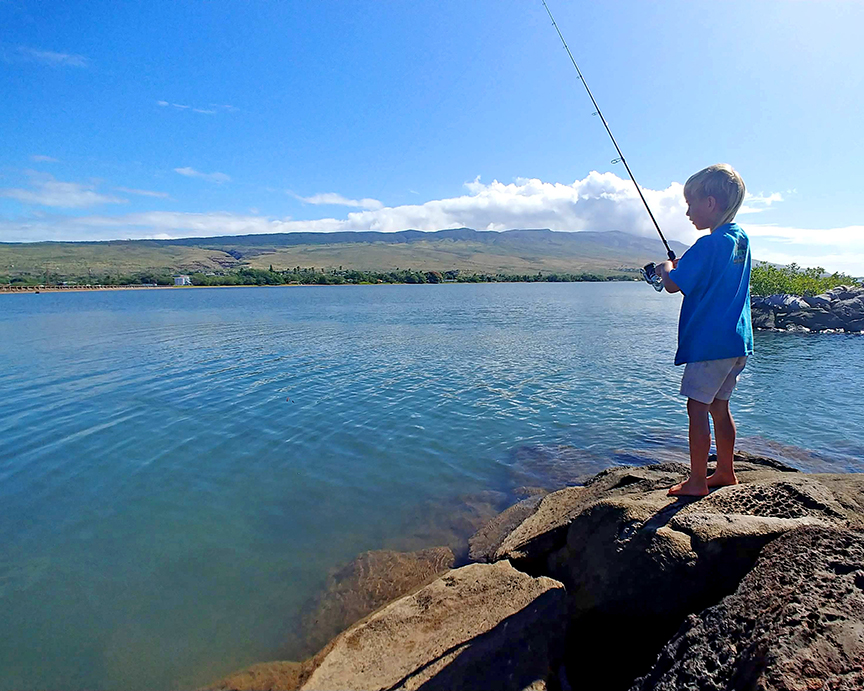By Jan TenBruggencate
The Ka‘ie‘iewaho Channel is a daunting 60-mile passage, across which no early Hawaiian chief was able to launch a successful attack on Kaua‘i.
It is an old Kaua‘i tradition that the bones of unsuccessful armies are buried in the dunes of Maha‘ulepu.
However, it is not only war, but also peace that is called to mind by these sands — a remarkable act of generosity by a powerful early Kaua‘i chief, Kukona.
There are well-known stories about Kamehameha’s two failed attempts to bring his armies across the channel. But once Kamehameha had Kaua‘i’s king under his control — he reportedly did it using subterfuge — Kukona’s ancient story protected the Kaua‘i king.
Kaua‘i ali‘i ‘aimoku, or King Kukona, destroyed an invading army that included soldiers and chiefs from four islands. Kukona is said to have been the father of the better-known Kaua‘i ruler Manokalanipo. According to some reports, father and son fought the battle together.
A warlike Big Island chief, Kalaunuiohua, had defeated kings on Maui, Molokai and O‘ahu, and then headed for Kaua‘i with those now-vassal kings and their armies. But Kukona was ready. Stories differ, but they suggest the four-army fleet from the eastern islands landed on beaches from Maha‘ulepu to Koloa. But when they came ashore, Kukona led them into a trap and defeated them, taking all four chiefs hostage.
The battle was called Kawelewele-iwi, and it occurred at least two centuries before Kamehameha.
Three of the hostage kings plotted to kill Kukona. Only the Maui chief, Kamaluohua, argued against the plot, saying Kukona should not be harmed since he had spared their lives.
As a result of the Maui chief’s goodwill, Kukona set them all free and furthermore did not claim their lands “Your lands shall be yours to live in as before,” historian David Malo quotes Kukona as saying.
The subsequent time of tranquility, called Kamaluohua’s Peace or the Long Peace of Kamaluohua, was called on for generations afterward in truce negotiations.
In her Hawaiian Mythology, Martha Beckwith said that many times in later years, Kukona’s act was “cited as precedent for securing a peaceful ending of hostilities.”
Malo said Kukona’s generosity was specifically repaid generations later, when another Big Island chief had another Kaua‘i chief in his clutches.
Said Malo: “Kamehameha I had this affair of Kukona’s in mind when he allowed Kaumuali‘i to live at the time he met him in Honolulu.” Kaumuali‘i was Kaua‘i’s 23rd island-wide ruler. Kukona had been its seventh.
The ancient stories differ rather dramatically with the historians telling them, but the essence of Kamaluohua’s Peace runs through them all.
Similarly, there are modern stories that the bones in the Maha‘ulepu area dunes are simply the remains of commoner residents of the region.
Some suggest they are even the remains of warriors from one of Kamehameha’s failed efforts to invade.
But perhaps they are burials from the great invasion called the Kawelewele-iwi, which led to a historic and famed peace.
- Jan TenBruggencate is a Kaua‘i based writer and communications consultant.
Discover more from ForKauaiOnline
Subscribe to get the latest posts sent to your email.







Leave a Reply